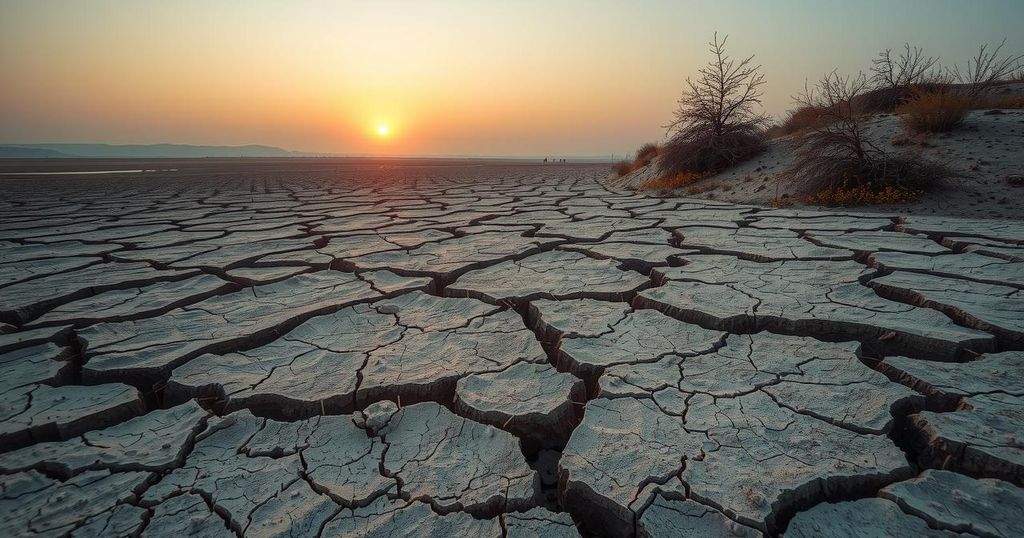Research shows that current drought conditions in Eurasia are heavily influenced by climate change, with rising temperatures leading to increased aridity in regions such as eastern Europe and the Mediterranean. Utilizing data from the Great Eurasian Drought Atlas, scientists assert that modern droughts cannot be entirely attributed to natural variability, as evidenced by their analysis of tree ring measurements dating back to 1000 CE.
The evolving drought conditions in Eurasia are under scrutiny as scientists assess their origins—natural hydroclimatic variability versus climate change impact. To uncover these influences, researchers employ advanced computer models to recreate historical climate trends, identifying unprecedented drought patterns affected by various factors such as temperature and land use changes. Nonetheless, these models may contain biases that can question the reliability of drought assessments in specific areas.
In analyzing drought across Europe and Asia, Marvel et al. utilized tree ring data from the Great Eurasian Drought Atlas (GEDA), which compiles information from thousands of trees dated between 1000 and 2020 CE. They aligned their findings with regional definitions established by the Intergovernmental Panel on Climate Change’s Sixth Assessment Report, estimating preindustrial fluctuations in the Palmer Drought Severity Index (PDSI) from 1000 to 1849.
Subsequent analysis revealed that many modern PDSI changes correlate closely with rising global temperatures, indicating that current drought conditions are primarily driven by climate change rather than solely by natural variability. Specifically, eastern Europe, the Mediterranean, and Arctic Russia are experiencing increased dryness, while northern Europe, east central Asia, and Tibet are becoming wetter.
Although tree ring growth can be influenced by factors beyond climate, the researchers assert that such influences did not significantly distort their outcomes. The selective sampling of tree species and locations focused primarily on climate factors ensures the validity of the results derived from the GEDA.
The study underscores the significant influence of climate change on drought conditions across Eurasia, highlighting marked increases in aridity in certain regions while others experience wetter climates. By integrating tree ring data with historical climate models, researchers provide crucial insights into understanding current drought patterns and their implications for future climate scenarios.
Original Source: www.preventionweb.net




